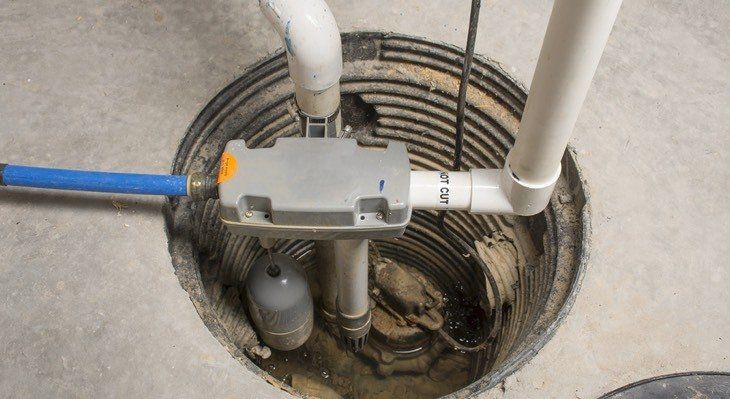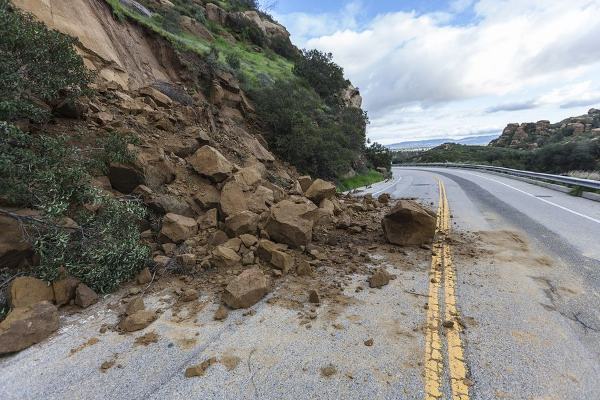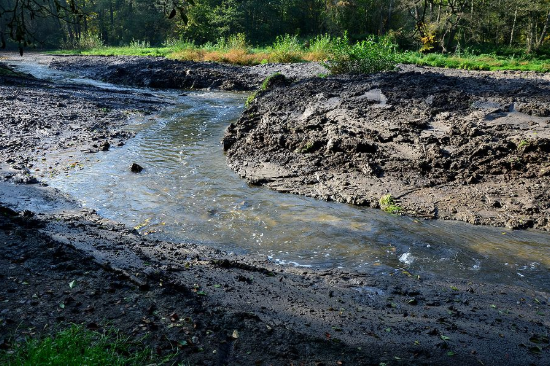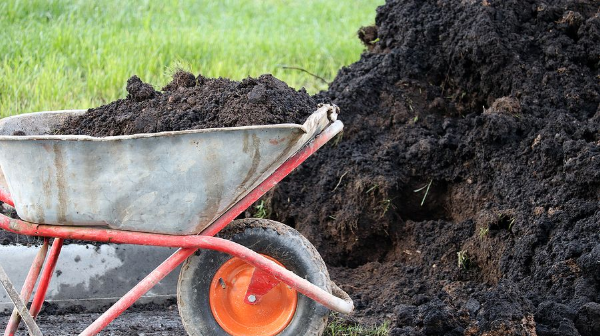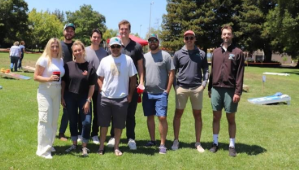Sewage pumps to connect to City Sewers
When Are STEP Systems Used?
Most sewer customers’ household waste goes directly into a gravity sewer collection system and is then transported to the wastewater treatment plant for processing. Homeowners not connected to sewer are typically served by an onsite septic system. When a sewer connection becomes an option for homes on septic, a Septic Tank Effluent Pump (STEP) system can be utilized to make the conversion to sewer. Each individual STEP system includes a septic tank, pump and control panel. The septic tank allows solid and liquid wastes to separate, preventing the solid waste from making its way out. When a gravity line is not sufficient enough for wastewater to be distributed, the pumps in these systems help to push the effluent (liquid waste) to the sewer system.
What Is The Difference Between a STEP System And A Grinder Sump System?
STEP systems and Grinder Sump systems are similar in the sense that they both have a common goal of moving wastewater. Both work to minimize solid waste build up and are pump assisted. In a STEP system, as waste is sent out of the building, it makes its way into a septic tank. In the septic tank, the solid waste settles to the bottom, allowing the effluent to then make its way into the liquid only side of the tank. Once the effluent makes it into the liquid side, it is then pumped out to the sewer. This system’s pump is controlled by a combination of floats. As the fluid level in the tank rises, the floats will then activate the pump, sending the effluent to its proper destination. This pump is hooked to an alarm system. This alarm system is triggered by the floats if the effluent level rises too high.
Grinder Sump systems do not require a septic tank as needed for STEP systems. In this case, waste travels into a pump chamber, where the grinder pump is housed. As waste flows into this chamber, the pump grinds up and pumps out the solid waste, allowing it to flow freely with the liquid waste to a sewer main. These pumps are also hooked up to an alarm system, which like the STEP system, if the pump fails and sewage backs up in the chamber, the floats will trigger the alarm as a warning.
What Properties Utilize STEP and Grinder Systems?
For customers needing to connect to a sewer service, and have existing septic systems, both of the systems discussed are an option. By adding a pump to the existing septic tank, or installing a grinder sump, they will help get your wastewater to the sewer system.
We Are STEP System Experts!
BC Engineering Group has extensive experience with both STEP Systems and Grinder Systems. For more details about either of these or if you just have some questions, please contact BC Engineering Group today (707) 542-4321. Like us on Facebook and subscribe to our blog.

